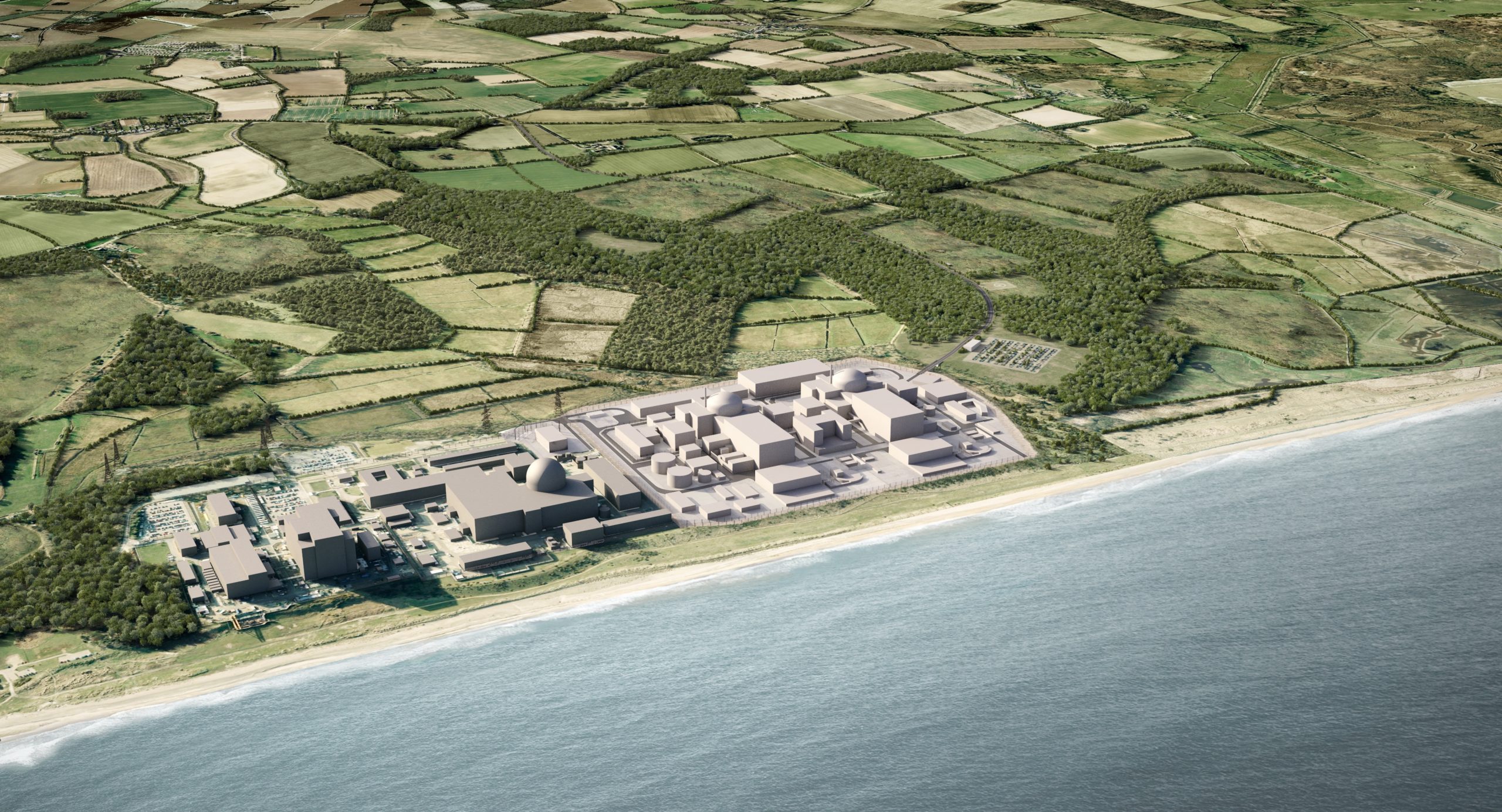The Nuclear Industry Association (NIA) welcomes the chance to respond to the Department for Business, Energy & Industrial Strategy’s Designing a UK low carbon hydrogen standard inquiry.
The NIA is the trade association and representative body for the civil nuclear industry in the UK. We represent more than 200 companies operating across all aspects of the nuclear fuel cycle. This includes the current and prospective operators of nuclear power stations, the international designers, and vendors of nuclear power stations, and those engaged in decommissioning, waste management and nuclear liabilities management.
Some of our members may choose to make their own detailed submissions so therefore this response is a high-level overview of the nuclear sector’s thoughts on this matter.
Do you agree that the standard should focus on UK production pathways and end uses whilst supporting future export/imports opportunities?
What would be an appropriate level for a point of production emissions threshold under a UK low carbon hydrogen standard?
We are happy to see the focus on hydrogen production by the Government in the development of a low carbon hydrogen standard and agree with the approach of setting a single threshold of 15-20gCO2e/MJLHV at the point of hydrogen production.
Do you agree that the standard should adopt one label of ‘low carbon’ hydrogen, or would it be valuable to have multiple categories?
The NIA supports the Government’s intention to adopt a single label of ‘low carbon’ for eligible hydrogen supply. The current ‘colour’ system can be confusing to non-experts or non-industry and is therefore used inconsistently.
We believe moving to a single label will help public and investor confidence and understanding as well as aid with consistency globally, which has been discussed above.
The illustrative threshold quoted in the consultation document of 15-20g CO2e/MJLHV is appropriate, and we support the need for a challenging threshold in order to meet Net Zero targets and for Government to be confident that the most sustainable options are pursued from the beginning.
Do you agree that embodied emissions should be omitted from the calculation of GHG emissions under a low carbon hydrogen standard, to ensure comparability with global and UK schemes?
Yes, we agree that embodied emissions should be omitted from GHG emission calculations, especially if this approach is also adopted internationally.
As the grid is decarbonising rapidly, so will grid connected hydrogen production pathways. How should government policy take into consideration hydrogen production pathways using grid electricity as primary input energy now? Please explain the benefits to the approach you have suggested.
The NIA’s preferred option would be to allow low carbon electricity use to be claimed based on physical links due to its compatibility with the characteristics of nuclear power stations.
Alternatively, we would support qualification through a Power Purchase Agreement (PPA) between the electrolyser and generator, which would be particularly suitable in decarbonising industry and creating energy hubs.
Should a UK low carbon hydrogen standard include a requirement on additionality and why? Please explain the benefits to the approach you have suggested.
The NIA would disagree with a decision to include a requirement on additionality, which could add unnecessary barriers to projects that are already sensitive to the uncertainty of a nascent industry and market. This is already noted by the Government as a risk in the consultation document.
In line with the long-term Government ambition of a fully decarbonised grid, we believe that all grid-connected electrolysers will automatically produce low carbon hydrogen and given the success of current policies in decarbonising the energy sector, we do not see additionalities as necessary.












